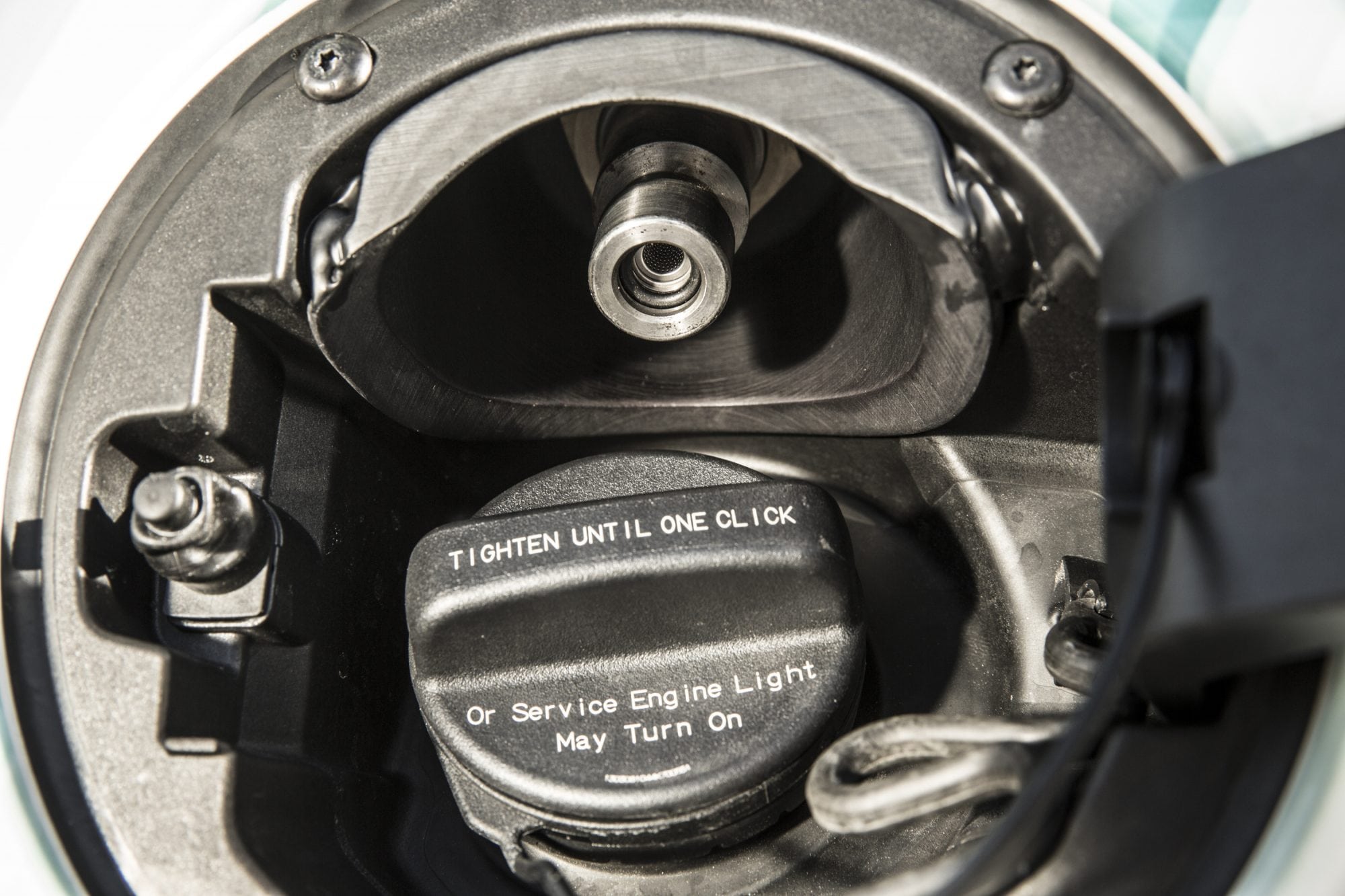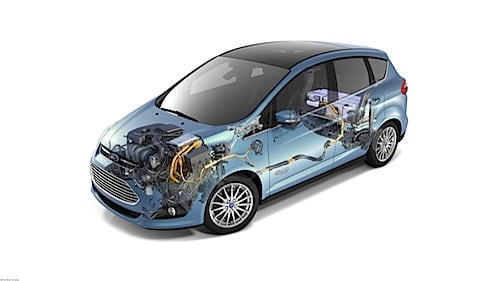The Environmental Protection Agency has released its annual report detailing how automakers are doing in reaching national greenhouse gas (GHG) emissions standards. The industry, as a whole, is besting those standards by a wide margin, says the EPA.
The Greenhouse Gas Emissions Standards for Light Duty Vehicles: Manufacturer’s Performance Report was released Wednesday, covering model year 2013. The reporting is part of the overall requirement of the EPA to measure and enforce emissions standards in the automotive industry starting with vehicle model year 2012 through 2025. The report found:
- While the industry-wide GHG standard decreased by 7 grams/mile from 2012 to 2013, manufacturers outpaced this increase in stringency by reducing compliance values by 9 grams/mile in 2013.
- Most large manufacturers achieved fleet GHG compliance values lower than required by their unique 2013 standard and thus generated credits in the 2013 model year. Nine of the 13 manufacturers with sales greater than 100,000 vehicles beat their standard, with margins of compliance ranging from 27 grams/mile (Hyundai) to 4 grams/mile (GM). The remaining four manufacturers missed their unique 2013 standard by amounts ranging from 1 to 6 grams/mile, thus generating deficits, but in all cases these companies shrank their deficit relative to the 2012 model year. The four manufacturers that did not outperform their 2013 standard—Fiat Chrysler (Chrysler, Dodge, Fiat, Jeep, Maserati, Ram); Mercedes (Maybach, Mercedes, Smart); BMW (BMW, Mini, Rolls-Royce); and Volkswagen (Audi, Bentley, Bugatti, Lamborghini, Volkswagen)—had sufficient credits available from prior model years and thus complied with the 2012 and 2013 standards.
- The majority of manufacturers, representing more than 99% of US sales, are in compliance with the standards for both the 2012 and 2013 model years. 21 of 26 manufacturers are carrying a positive credit balance into the 2014 model year—i.e., they have met both the 2012 and 2013 standards (credits cannot be carried forward if a deficit exists in a prior model year).
The manufacturers currently with deficits in the 2012 and/or 2013 model year are allowed to carry those deficits forward for three model years, giving them time to generate or purchase credits to demonstrate compliance with the 2012 and/or 2013 model year standards. The current status of these manufacturers is neither compliance nor non-compliance – rather, they have not yet demonstrated compliance. The credit balances shown below include “early credits” from model year 2009 that may not be sold and may not be used after the 2014 model year.
- The flexibilities built into the program include standards based on vehicle size (“footprint”); emissions averaging within car and truck fleets; credit trading between car and truck fleets; optional programs to generate credits; and processes to bank and/or trade credits. The result is that manufacturers can meet the standards while meeting consumer demand for a wide variety of vehicles, from high-performance vehicles to fuel-efficient hybrids, and from full-size pickups to small cars. In addition, the optional credit programs are facilitating the development and introduction of new technology. GM and Honda, for example, introduced a new and significantly lower-GHG air conditioning refrigerant to the US automotive market in 2013 which lowered GHG emissions and helped them meet the GHG standards. Credit exchanges within and between companies also provide more flexibility in the program.
The EPA’s report can be found here.




